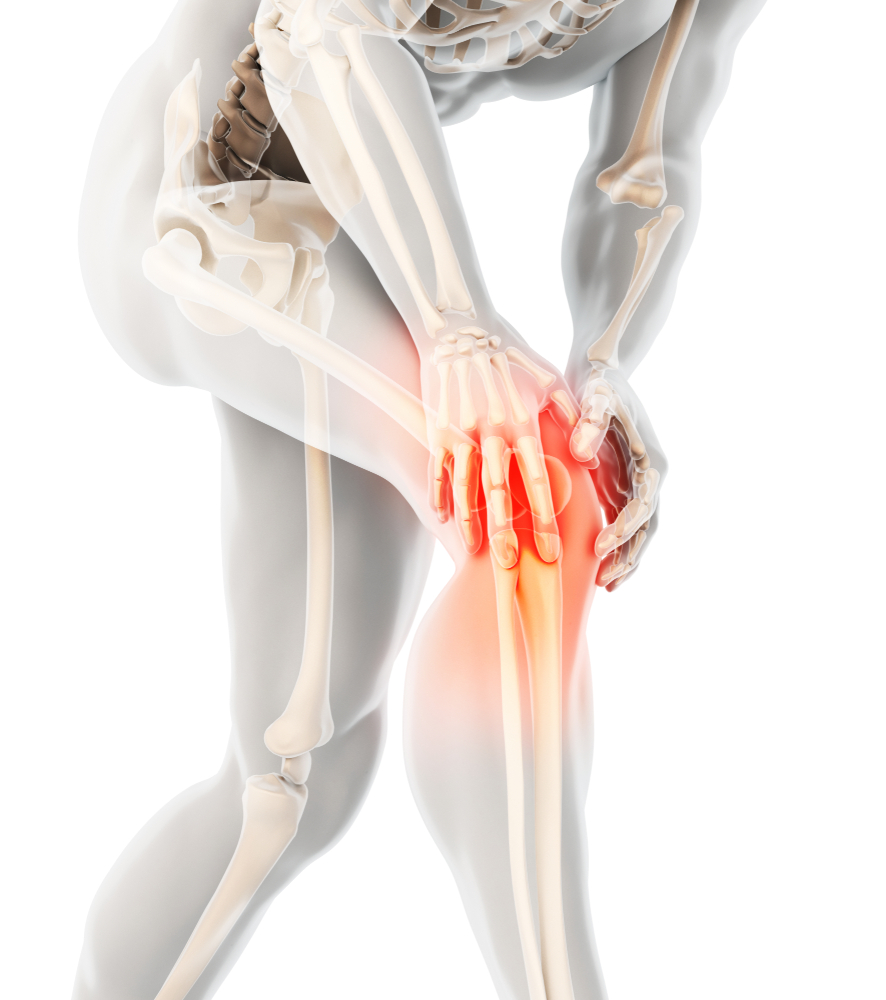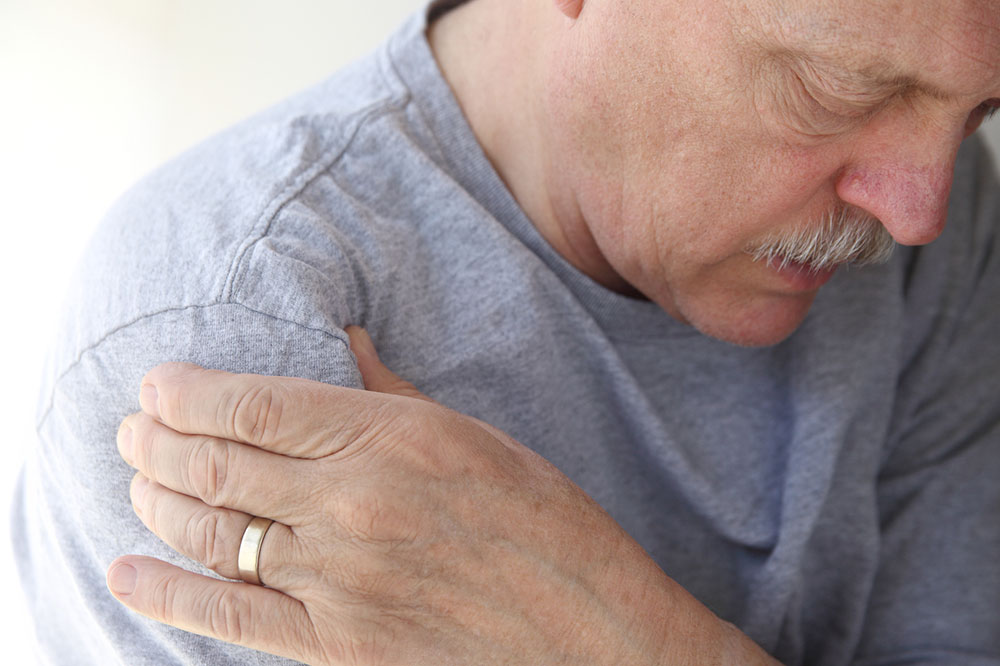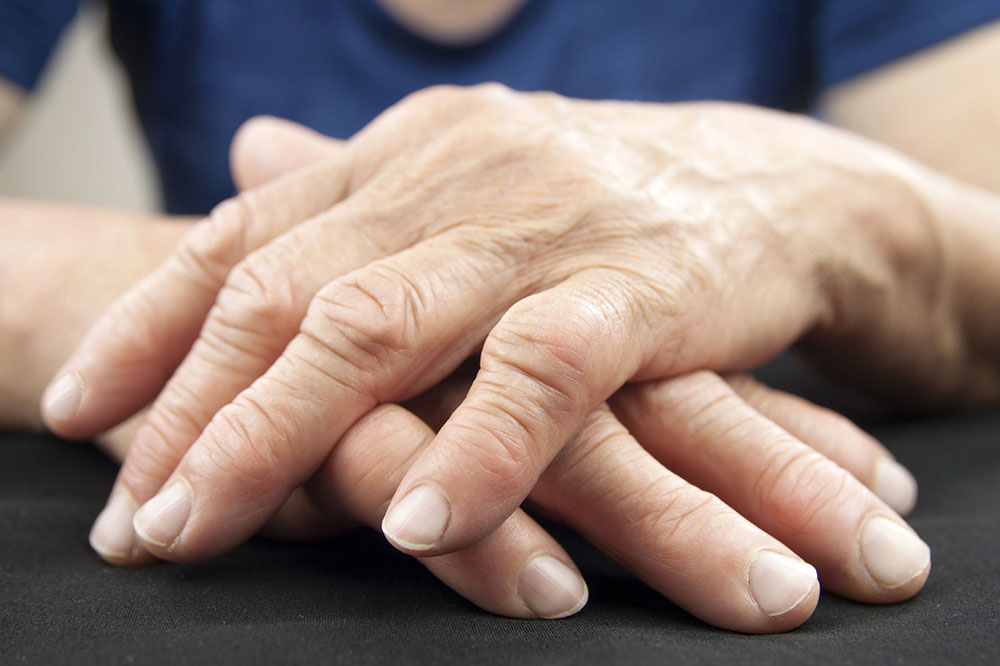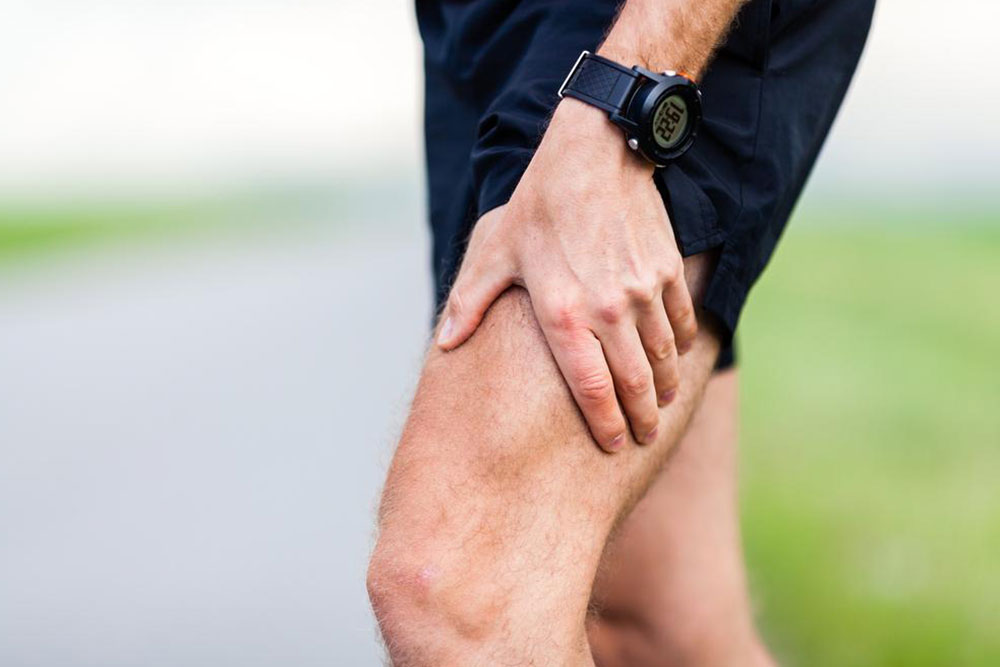Comprehensive Guide to Heberden’s Nodes: Symptoms, Causes, and Effective Treatment Options
Heberden’s nodes are bony swellings at finger joints linked to osteoarthritis, causing pain, stiffness, and reduced mobility. Early detection and personalized treatment, including medications, physical therapy, and surgical options, are key to managing symptoms effectively. Recognizing these signs early can prevent further joint deterioration and improve quality of life for affected individuals.
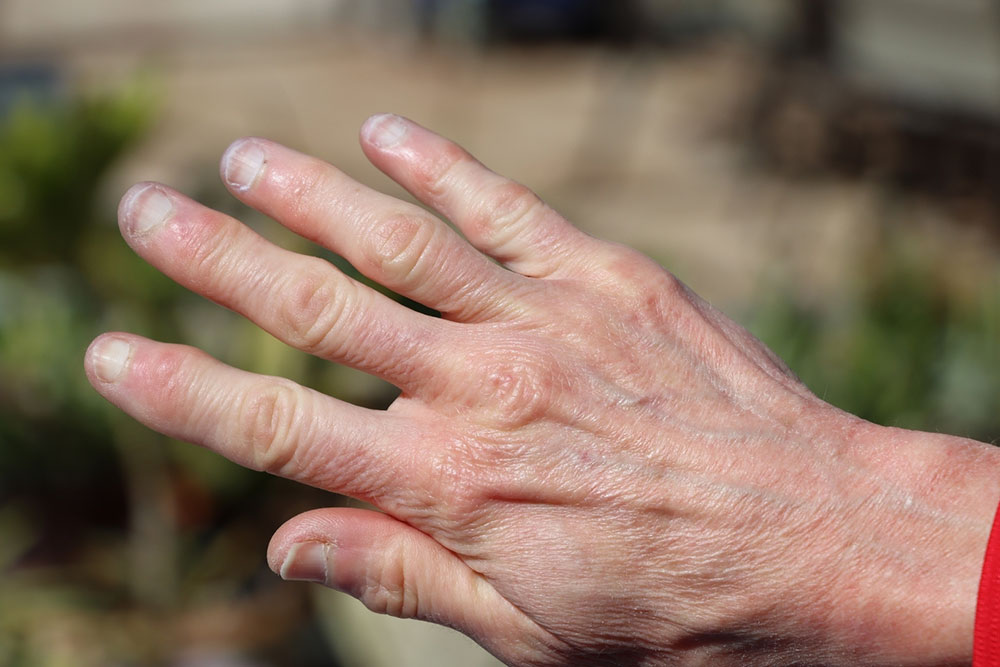
Comprehensive Guide to Heberden’s Nodes: Symptoms, Causes, and Effective Treatment Options
Heberden’s nodes are recognizable signs often associated with osteoarthritis, primarily affecting the fingers. These bony swellings develop at the distal interphalangeal joints, typically near the fingertips, as a result of cartilage breakdown due to aging processes or previous joint injuries. This condition is quite prevalent among the elderly, with research indicating that nearly 25% of men over the age of 85 experience Heberden’s nodes at some stage. Early detection and management of symptoms are crucial in preventing further joint degeneration and maintaining hand functionality.
Understanding the Symptoms of Heberden’s Nodes
Recognizing the early signs of Heberden’s nodes can significantly influence treatment outcomes. If you observe any of the following symptoms, it is advisable to consult a healthcare professional for diagnosis and personalized treatment planning.
Noticeable Bony Protrusions
Heberden’s nodes manifest as hardened, palpable lumps situated on the tips of fingers, usually close to the fingernail. These growths can be felt easily upon touch, varying in size from pea-sized nodules to larger, more prominent bumps. Over time, these protrusions tend to enlarge as osteoarthritis progresses, potentially impacting hand dexterity.
Pain and Increased Sensitivity
As the condition advances, the affected fingers often become tender, with patients experiencing sharp stabbing pains or persistent dull aches. The discomfort intensifies with pressure, movement, or repetitive tasks like gripping or typing, limiting hand use.
Stiffness and Reduced Hand Mobility
Individuals may experience difficulty moving their fingers freely, especially after periods of inactivity such as waking up in the morning. Stiffness can impair daily activities, including writing, buttoning clothes, or grasping objects. Gentle stretching and hand exercises can help alleviate stiffness and improve flexibility.
Additional clinical signs include redness, swelling, and warmth around affected joints, which may escalate with disease progression. Recognizing these signs early fosters timely intervention.
Effective Treatment Strategies for Heberden’s Nodes
Managing the symptoms of Heberden’s nodes requires a comprehensive approach tailored to the severity of the condition and individual patient needs. Consulting with healthcare providers is vital to develop an effective treatment plan that aims to reduce pain, slow disease progression, and improve hand function.
Pain Management Techniques
Relieving pain is a primary goal to maintain daily function and quality of life. Healthcare practitioners often recommend medications such as non-steroidal anti-inflammatory drugs (NSAIDs), topical creams, or other pain relievers. In some cases, corticosteroid injections may be used to control severe inflammation. Patients should adhere strictly to prescribed medication regimens and report any ongoing or worsening pain for alternative treatment options.
Joint Preservation and Support
Protecting finger joints from further damage is critical. Using splints, braces, or supportive splints during daily activities helps minimize joint strain. Additionally, ergonomic tools designed for ease of grip, along with activity modifications—like avoiding excessive repetitive motions—can help slow disease progression and preserve joint integrity.
Physical Therapy and Hand Exercises
Targeted physical therapy can significantly improve joint flexibility, increase strength in the surrounding muscles, and reduce stiffness. Specific hand exercises introduced by trained therapists can help restore mobility and decrease discomfort. Manual therapies such as joint mobilization or massage can also promote circulation, reduce swelling, and enhance overall hand function.
Heat and Cold Therapy for Symptom Relief
Applying heat packs helps relax tense muscles around the affected joints, improving blood flow and reducing stiffness. Cold packs or ice treatments help decrease swelling, numb pain, and slow inflammation. Alternating between heat and cold therapies provides comprehensive symptom relief, especially during flare-ups.
Surgical Interventions for Severe Cases
In cases where conservative treatments fail to provide relief, or when joint damage severely impairs hand function, surgical options may be considered. Procedures such as joint removal (arthroplasty), joint fusion, or other reconstructive surgeries aim to alleviate pain and restore as much functional movement as possible. Patients should thoroughly discuss the potential risks and benefits of surgery with their healthcare provider before making a decision.
In conclusion, understanding the development, symptoms, and management options for Heberden’s nodes is essential for individuals experiencing finger joint issues. Early diagnosis and a multidisciplinary approach involving pain management, physical therapy, and potentially surgical intervention can significantly improve quality of life and preserve hand functionality over time.

